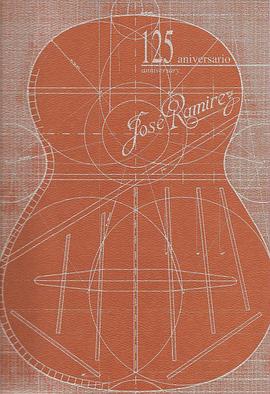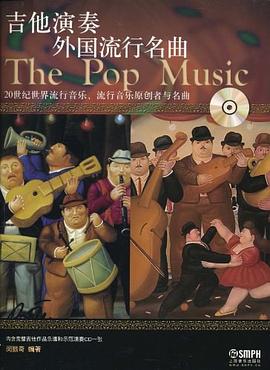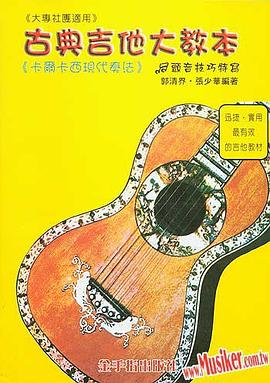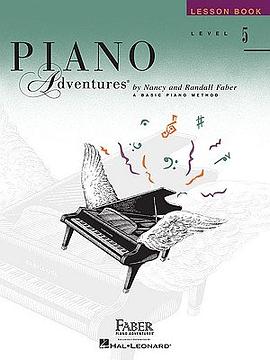

A compilation of his written articles, photos, etc. on the history of the Ramírez guitar making family. A must have for any serious Ramírez fan! Also a great document on the history of the guitar in the 20th century.
*Although new, all copies of this book have light wear on the cover from being imported.
Publisher: Soneto Item Number: SEM 0412 229 Pages
----------------------------------------------------------------------------
"Things About the Guitar"
Reviewed by William R. Cumpiano
Guitarmaker magazine
by José Ramirez III (Jose Ramirez Martinez) Madrid: Soneto Ediciones Musicales, (undated) 220 p., Soft bound, $32.00 Available from: The Bold Strummer Ltd. (203) 259-3021
"I am not going to waste the opportunity afforded me in publishing these writings to deny some unpleasant rumors that have been going around about me, for example that I am no longer in the world of the living. If so, then I am a ghost who has no problem in writing."
This book fascinated me, as it certainly would also any obsessed lover of the classical guitar -- player or maker. It is an opportunity to travel for a while into the mind, sensibilities and personal experiences of a modern descendant of Ramirez, "the other" historic guitar-making dynasty. The book is a collection of Jose IIIs thoughts on the guitar: guitar history, guitar woods, guitar making, guitar makers and great guitar players. Also included are a complete genealogy of the Ramirez family, and a wonderful scrap book of recent and historic photographs, newspaper clippings and process snapshots that I pored over till my eyes hurt.
Particularly fascinating was a snapshot, "Title of Exemplary Artisan, given to J. Ramirez III by General Francisco Franco." In it the pale, ghostly, bloated image of the old dictator -- admirer of Hitler and massacrer of Guernica -- dressed totally in a white medal-bedecked uniform, in his palace, hands a plaque to an obviously nervous forty-year old craftsman standing a foot below.
Now 73, José Ramirez Martinez emerges from the book a charming but modest man, good humored and eternally obsessed with the guitar. But other obsessions emerge, notably his obsession with obtaining the approval of Andrés Segovia. Segovia emerges larger-than-life, a Faustian, self-centered, despotic father-figure, filled with his own greatness, perpetually withholding his approval, playing his "children" (the several luthiers in his select circle) off against each other, perversely as if to enjoy watching them squirm. Segovia's propensity for cruel criticism seems almost to drive Ramirez crazy at times, each time choking down his anger with the bitter pill of admiration for the guitarist's Olympic greatness.
"...he would have been a genius in any artistic field; he could easily have been a painter, sculptor, writer, or even an actor,...he has always been an inexorable and unyielding critic whose word could not be questioned, most probably because he has always been in possession of the truth. If one accepts his criticisms with no reservations, the arduous road towards perfectionism, no matter how difficult, can be tackled."
I couldn't help but wonder how gracefully I'd behave if I was allowed similar access into the sanctum sanctorum of such a fickle and peevish God.
Another great revelatory contradiction is José IIIs steadfast conviction that guitar making is not an art. He sees himself and his family as technical people, glorified carpenters who simply and humbly labor for consistency, but who constantly strive for excellence in technique and perfection of the guitar's form. He relegates, instead, the mantle of "artist" to those who play the guitar and whose expressive brilliance moves others to a higher plane of consciousness. But not to himself. This fits in with the man's great modesty (by the way, modesty is a supreme personal attribute in Hispanic cultures), which he displays continually throughout the work.
Methinks, however, that there is indeed, art, in making a wonderful guitar. True, a beautiful guitar is certainly no less than a superbly fashioned cabinet. But a cabinet, after it is made, just offers it's empty drawers to the world. A guitar offers opportunity to create Art.
Now I don't begrudge the man his preference for the title of artisan rather than artist. But unlike the artisan, instrument-makers are customarily steeped in the realm of the unknown, just like the artist. Ramirez must sense this, as he strives to make improvements to the guitar's form, as if working in the dark, performing motions more akin to prayer than science.
"I could write a whole book to describe the countless experiments that I did...very few were somewhat positive and many did not contribute any appreciable changes. Results of the latter type were the most despairing since they opened no paths for me to follow. I preferred failure since it meant that in the opposite direction some progress could possibly be made."
After an exhausting process of developing an innovative guitar design, which begun as an effort to eliminate "wolf notes," and ended in a guitar with an interior baffle which he called the "De Cámara" guitar:
"...Segovia...told me that the guitar I had made for him and which he was currently playing was magnificent, but that he had to eliminate one or two pieces from his repertoire on account of the "wolf" notes...Decidedly, I had to find a solution soon or perish trying... when I turned to the matter of sound waves I found the problem more within my grasp...It is very difficult to work on elements that cannot be seen, both as to shape and behavior..."
The guitar ended up with an interior "soundboard" with a large hole in its center, dividing the guitar up into two chambers -- thus the name.
"Of course, Maestro Segovia never again complained about the wolf notes, but since he is rather frugal in his praises, I have had to learn from third parties what he allegedly said in London after he played one of the first of my De Cámara guitars..."Ramirez could have thought of this twenty years ago!"
Ramirez describes the De Cámara guitar as producing overtones with great clarity "and with an unsuspected potency."
"The above opinions are unanimous, although I cannot explain why all these characteristics are produced."
It seems to me that Ramirez, like any other thoughtful and intuitive luthier, is called upon to perform with consistent excellence in a mysterious and subjective realm, just like any other fine artist.
Finally, to those who argue about standards, and the difference in standards between the Old World and New World, or whether standards matter, I offer this quote:
"...I have continued following the norms of the old artisan guilds to the greatest possible extent. The title of first-class journeyman, which is tantamount to the category of maestro in the old days, is now obtained by my journeymen under the following conditions: After making the corresponding request (this is always done verbally and nothing is put down in writing), the aspirant has to submit four guitars in which I am not to find the tiniest fault. By fault I do not mean a defect in the sound or the playability of the guitar as an instrument, since it is taken for granted that these aspects have long since been surmounted in order to pass the test. The most negligible scratch or the slightest impurity of a line will be sufficient cause for me to disqualify them -- and the test has to be repeated. However, when I say: "You are a first-class journeyman" and, I repeat, this is never done in writing but everyone knows that I always keep my word, it is an unequaled pleasure, with something of an old-world flavor, to contemplate the expression of pure and noble pride that I get for an answer."
William R. Cumpiano © 1995 All Rights Reserved
具体描述
读后感
评分
评分
评分
评分
用户评价
相关图书
本站所有内容均为互联网搜索引擎提供的公开搜索信息,本站不存储任何数据与内容,任何内容与数据均与本站无关,如有需要请联系相关搜索引擎包括但不限于百度,google,bing,sogou 等
© 2025 book.wenda123.org All Rights Reserved. 图书目录大全 版权所有




















